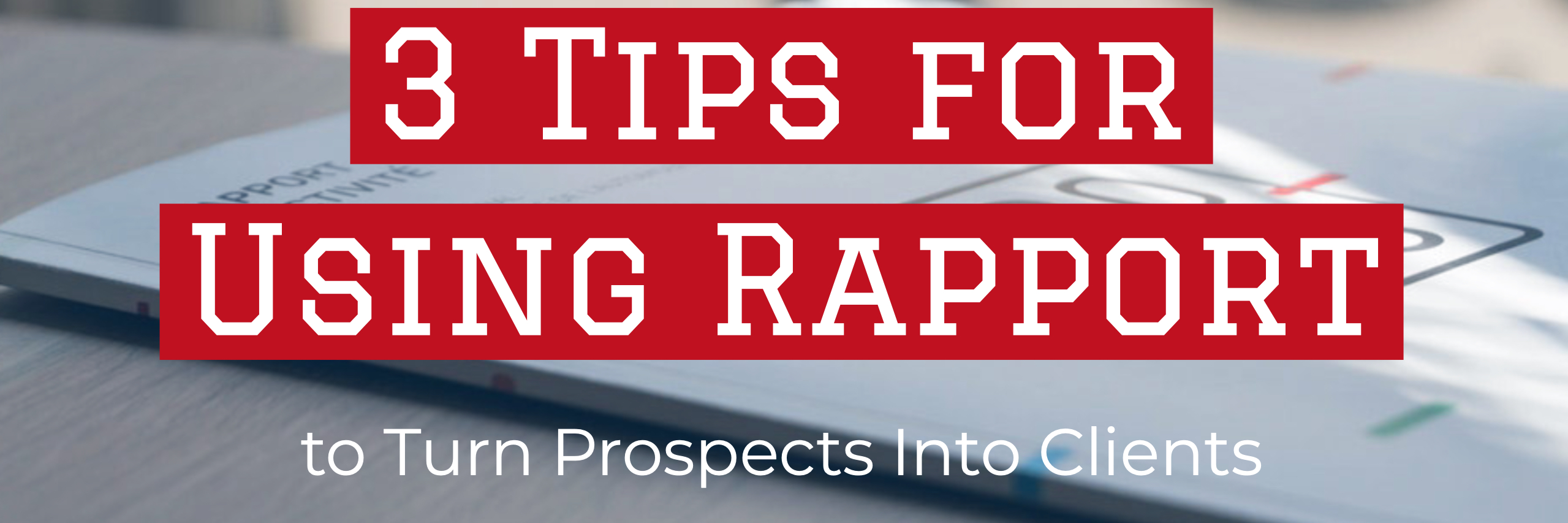3 Tips for Using Rapport to Turn Prospects Into Clients
[mashshare]
In sales-oriented industries such as real estate, first impressions often make the difference between closing and going home empty-handed. That’s why building rapport with potential clients is something all agents must know how to do.
So, whether you’re beginning your real estate career or already a seasoned agent, improving your ability to get people to know, like and trust you is always a good idea. Besides, it won’t take long, especially with some help from Isabel Affinito. Affinito is an expert on building rapport, and she shared some excellent tips with listeners during her podcast interview with Pat Hiban. For an overview of Affinito’s top three rapport-building tips, read on.
1. Ask plenty of questions
When you meet a potential client for the first time, Affinito recommends you remember one thing in particular: They don’t care about you.
What she means by this is that people don’t want to hear about how many homes you’ve sold or why you’re the best real estate agent in town.
Instead of talking about yourself, you should learn more about the potential client. Ask him or her questions. Find out more about what they’re looking for in an agent, and also take the time to learn more about their background and interests.
Even if your goal is to just build a business relationship, asking personal questions won’t hurt. In nearly all cases, it will actually help cement your position as their real estate agent of choice.
2. Structure your conversations
While you should be asking potential clients plenty of questions, you shouldn’t ask so many that the conversation starts to feel like an interrogation. One of the easiest ways to ensure your conversations flow as smoothly as possible is to ask two questions before following with a comment.
Here’s an example taken from Affinito’s podcast interview:
So, you like to go hiking?
Where do you like to go?
Oh, awesome, I’ve never been to any of those places, but I’d love to check them out!
Obviously, not all of your conversations should follow this structure to a tee, but if you’re really struggling to find the right flow, it’s a great tool to use while building confidence and experience talking to prospects.










